by Arthur Goyaz
Wendigo is a cozy folk horror movie with an immersive winter atmosphere. Directed by actor/director Larry Fessenden, the movie explores one of the most fascinating figures of American folklore. The Wendigo is a forest spirit represented by an aggressive cryptid figure. The creature is often associated with evil and hunger. 2001’s Wendigo delivers a nice spin on the myth, suggesting that the Wendigo may also be a protective spirit of the forest.
The underrated horror movie is constantly playing with the ambiguous nature of evil. It uses the figure of the Wendigo to deconstruct a range of myths in American society through the eyes of a child, Miles, who is convinced his family is haunted by the Wendigo during their winter vacation in upstate New York. Wendigo is both sweet and terrifying — one of the greatest creature features of the century so far.
Wendigo Is a Sensory Folk Horror Story

The folk horror subgenre has experienced a renaissance in the current horror landscape. Movies such as Robert Eggers’ The Witch and Ari Aster’s Midsommar imbued folk horror with new symbolism and rites, attracting the audience’s attention to ancient forces of darkness. The subgenre is rightfully associated with timeless forms of evil — spirits, rituals, and beliefs that have endured for centuries. In folk horror, primordial entities exploit the fragility of contemporary memory to reclaim their long-lost power. Alternatively, it transports the audience back to when this force was first experienced. The Wicker Man is a perfect combination of these two approaches.
So, where does Wendigo stand? Few people have heard of the movie: it bombed at the box office, and its distinctive 16mm textures clashed with the rise of digital. Yet the movie has gained a cult following as a result of the rise of folk horror. It brings one of the oldest and most popular American myths into the early 2000s. In the film, Miles is the son of George and Kim, who leave the busy streets of Manhattan behind to experience a relaxed weekend in Upstate New York. Their hopes of enjoying the peace of winter are shattered when George hits a deer on the road, enraging hunters who were tracking the animal. The small incident sets off an eerie chain of events throughout the flawless folk horror film.
In addition, Miles immediately senses a dark force watching his family in their cabin. That’s when the movie starts to get interesting. Wendigo is constantly suggesting different sources of danger. Viewers observe one of the hunters stalking Miles’ parents throughout the movie, but it’s impossible to shake off the feeling that there’s something else lurking in the dark. The form with which Wendigo depicts the menacing woods is genuinely bone-chilling. Viewers can feel the frosty gusts of wind in the comfort of their homes. The unsettling breeze, the pine trees, and the snow-covered landscapes all seem to take on a life of their own, implying that the hunter stalking the family isn’t the only menace. Something creepier is watching in the woods. Something ancient and strong.
Subjectivity is used to its full capacity in Wendigo‘s folk horror approach. The movie deconstructs the idea of a weekend getaway surrounded by nature as a valid escape from reality. There’s no peace in nature: darkness takes over everything, the wind blows harshly, as if inviting the characters to leave. Can nature be evil? This question lingers for the majority of Wendigo‘s runtime, but the answer soon becomes clear: the problem isn’t nature, but rather the unsolicited presence of humans who corrupt everything. These people aren’t welcome in these woods. Unfortunately, only the pure and innocent eyes of Miles, the child, can see such an obvious truth.
Moreover, Wendigo uses a cozy winter atmosphere to catch the viewer off guard once the horror sequences kick in. Miles’ childlike perspective is what drives the narrative forward. The movie is fueled by a mystifying longing that enhances the sense of wonder conveyed by Miles’ curious eyes. It’s a movie about loss of innocence and coming to terms with mortality and grief at a very early age. Miles finds signs of the violent world he’s yet to fully understand wherever he goes. The surrounding nature seems to mirror this concealed violence, as if warning Miles that something bad is about to happen. In that sense, Wendigo has a distinctively spooky winter mood, but it’s also cozy and tender, perfectly capturing Miles’ fascination with the mysterious world around him.
How Wendigo Adapts a Popular American Myth
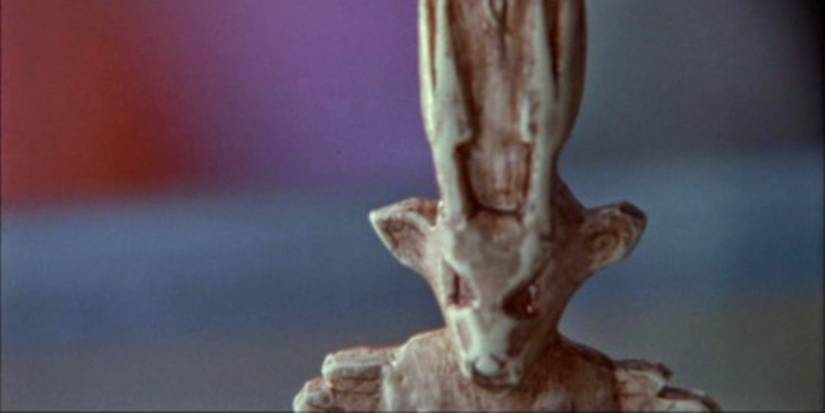
For a movie titled Wendigo, viewers see far fewer glimpses of the creature than one would expect, but that’s actually the film’s biggest strength. Although the audience only sees the Wendigo a couple of times, it’s as if the spirit haunts every frame of the movie, implying that the Wendigo is the wind, the trees, the soil. Nature shelters its hungry eyes until it’s time to feed. The movie suggests that by presenting long shots of nature and its oppressive silence.
Descriptions of the Wendigo in American folklore vary: the creature can be portrayed as a giant humanoid with a heart of ice, a terrifying hybrid of a human and a mook, or a mystical skeleton with eyes that beam in the dark. In 2001’s Wendigo, the creature is depicted as a humanoid figure resembling a moose made of twisted branches. Every Wendigo scene in the movie is meticulously confusing. Fast cuts, juxtaposed images, and unsteady editing help create an intense atmosphere of fear and disorientation with the spirit’s presence. As the movie reaches its climax, the branches and twigs that make up the body of Wendigo are replaced by tissues and muscles, as if it were gathering full strength, fueled by the fear of its victims.
In one of Wendigo‘s best scenes, Miles encounters a shopkeeper who tells him about the myth of the Wendigo and gives the boy a small figurine of the spirit. Miles asks the man if the Wendigo is bad, to which the man replies: “Nothing between the earth and the sky is bad, but there are spirits that should be feared.” Some spirits are angry. It’s only after Miles gets the figurine that the Wendigo starts to physically manifest in the folk horror movie.
One way to interpret Wendigo is that the evil spirit is nothing but the embodiment of the violence and ferocity that falls upon Miles’ family. The boy sees the Wendigo because he still doesn’t understand humanity’s wicked nature, and thus needs something to blame: the angry spirits. The shopkeeper tells Miles that the more the Wendigo eats, the bigger it gets. The bigger it gets, the hungrier he gets. It’s a perfect allegory to the cycle of violence that dominates the horror movie’s third act. Yet, Wendigo gives the audience enough dreadful sequences to support the theory that everything is real: the characters crossed the line, and nature sent the Wendigo to collect the sacrifices.
In that sense, Wendigo plays out both like a great horror drama that uses the myth of the Wendigo to represent the insatiable human greed and a straight-up folk horror that explores entities and forces that go beyond human understanding. The movie’s ambiguous nature allows the audience to reach their own conclusions. Reason and the unknown clash against each other. The shopkeeper tells Miles that no one believes in spirits anymore, but that doesn’t mean they don’t exist. Miles chooses to believe. The audience makes its own choice.
Wendigo’s Director Is Also A Prolific Hollywood Actor

Wendigo might not be a very popular horror movie, but viewers might be familiar with Larry Fessenden’s face. When he’s not directing low-budget horror movies, Fessenden is working as an actor and producer. He had small roles in big movies such as Killers of the Flower Moonand MaXXXine, but has also starred in popular horror movies such as Session 9 and You’re Next. Fessenden is in the cast of one of 2025’s most anticipated horror movies: Good Boy, a ghost story told from the perspective of a dog.
Fessenden dedicated most of his career to the horror genre. Before Ti West became a horror sensation with his X trilogy, Fessenden showed his support and produced West’s earlier horror gems, such as The House of the Devil and The Innkeepers. Fessenden is fascinated with folklore. Apart from Wendigo, he has already made movies about vampires (he stars and directs Habit), werewolves (Blackout), and Frankenstein (Depraved is a new spin on the popular story). His filmography is a must-watch for every horror fan, and Wendigo is the best place to start.
The delux re-issue of WENDIGO
now available through VINEGAR SYNDROME
and Streaming on SHUDDER
(where it has 2 of 5 stars!)

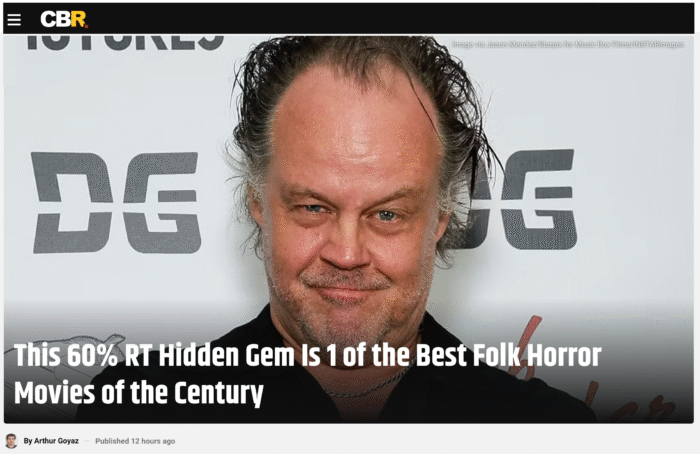
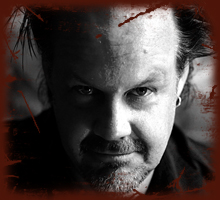
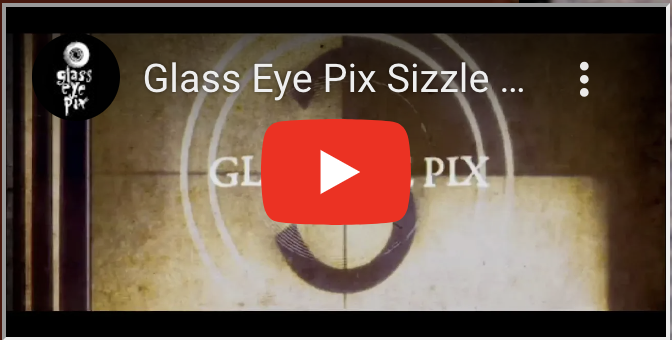
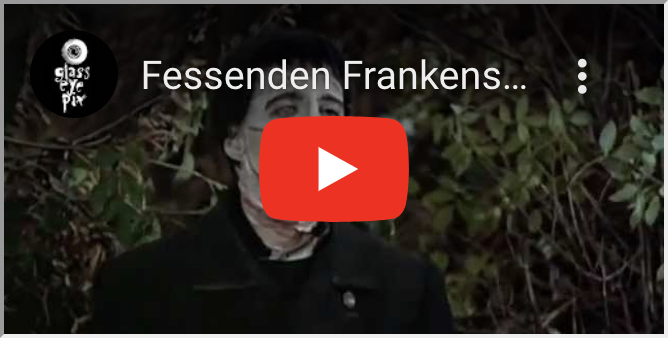






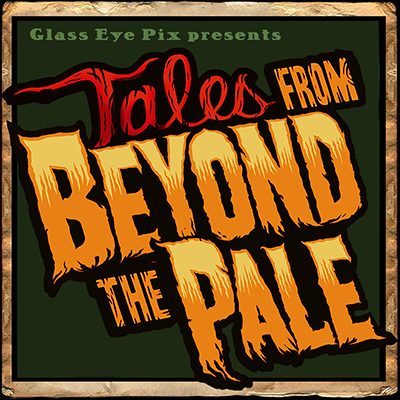








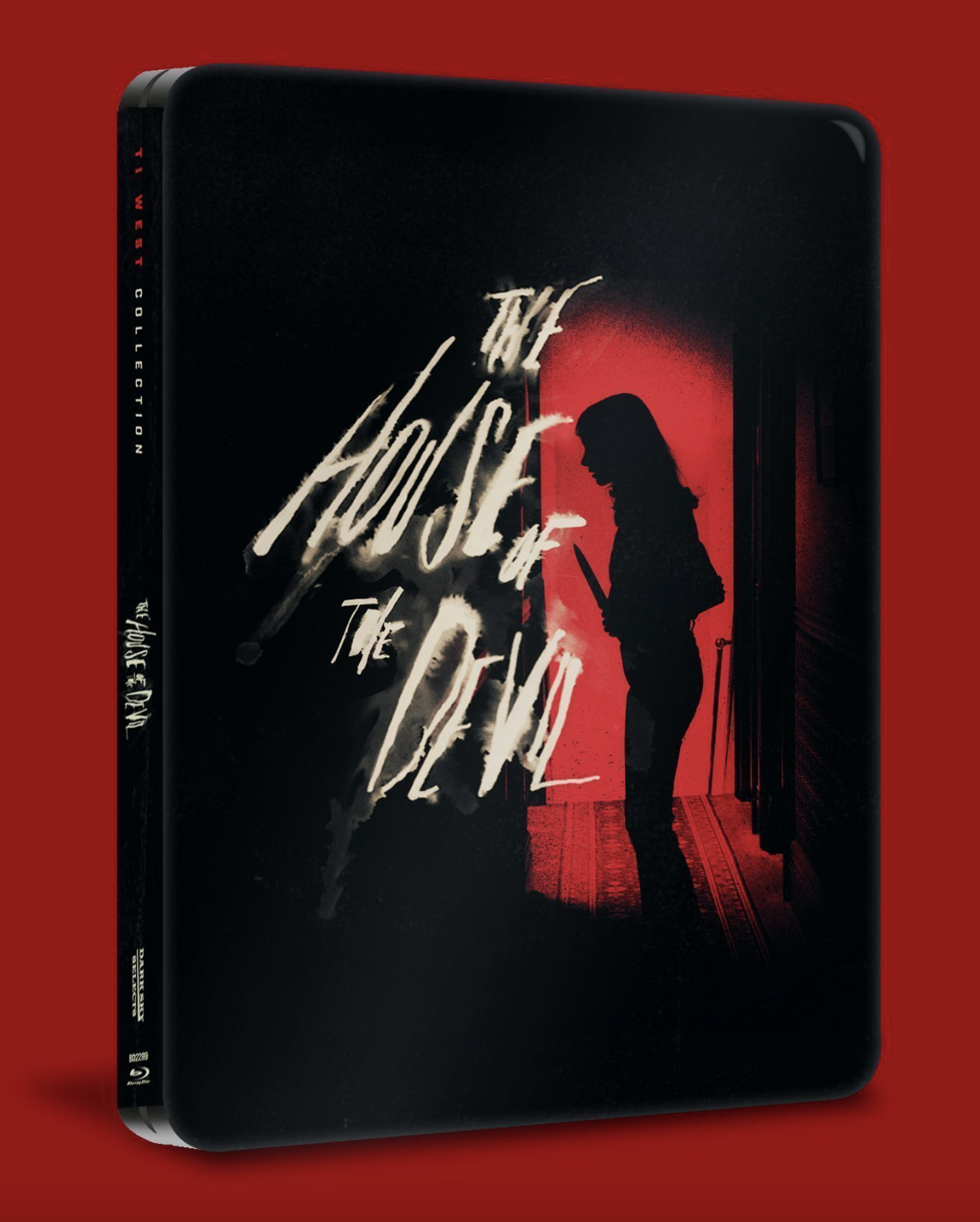
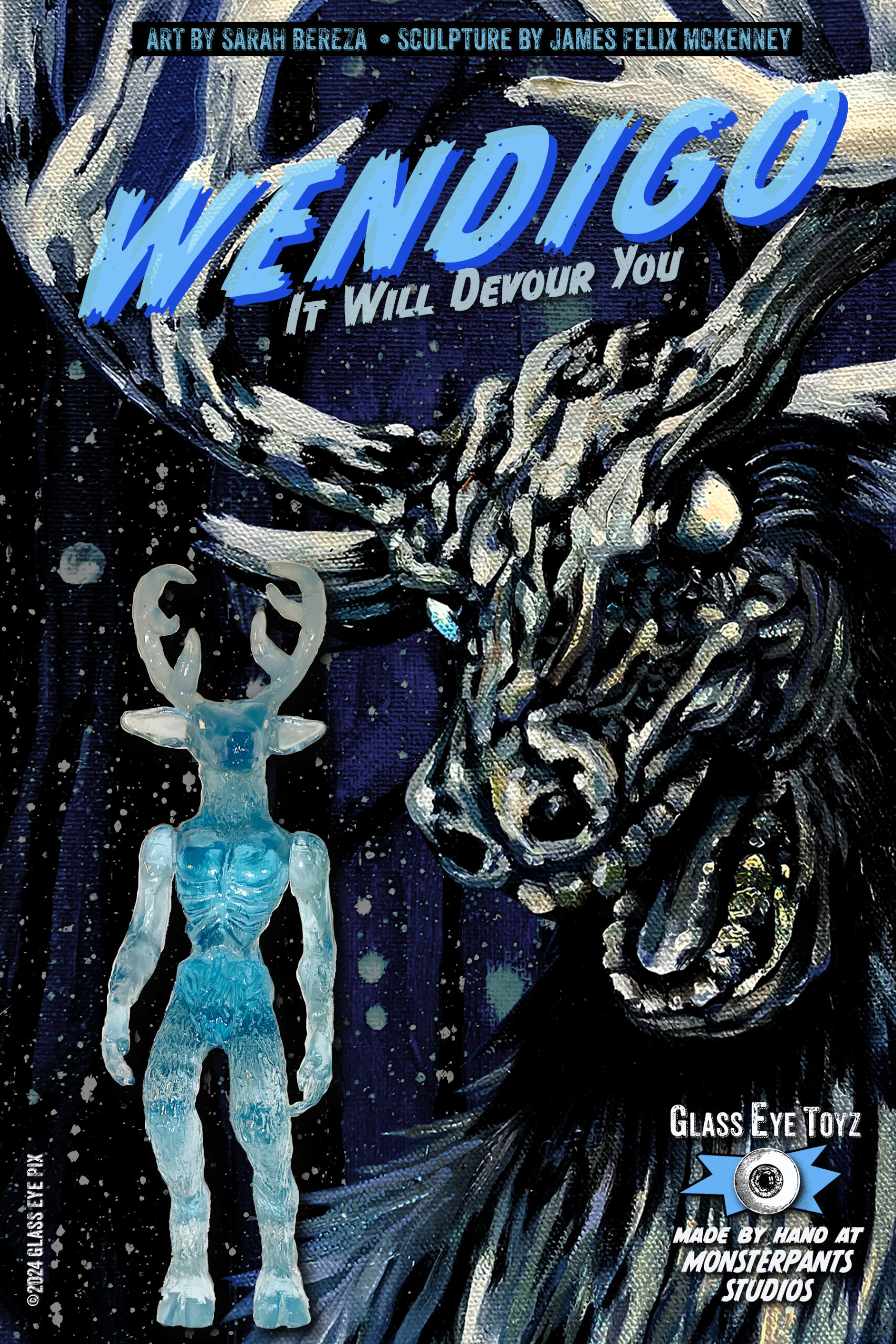

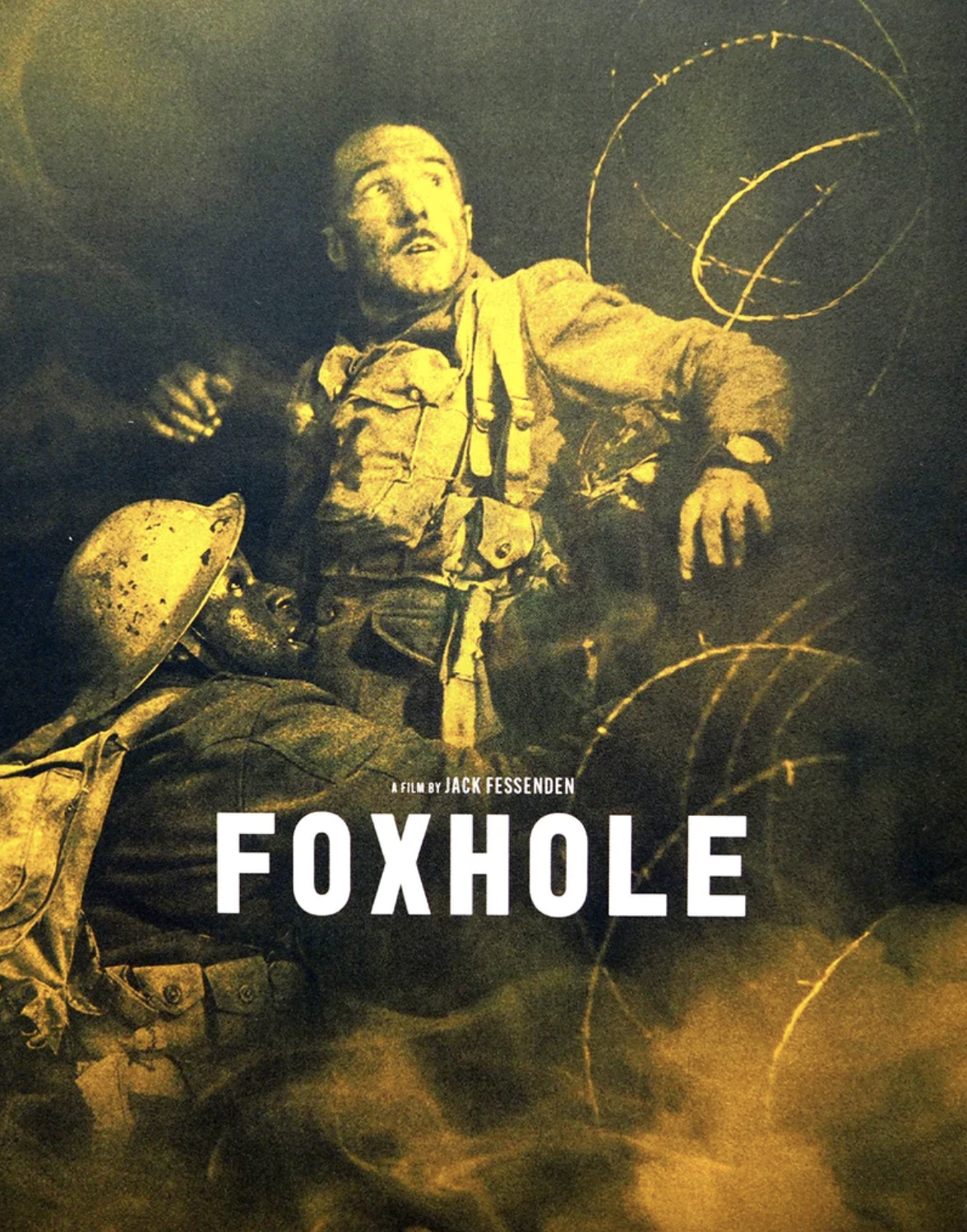
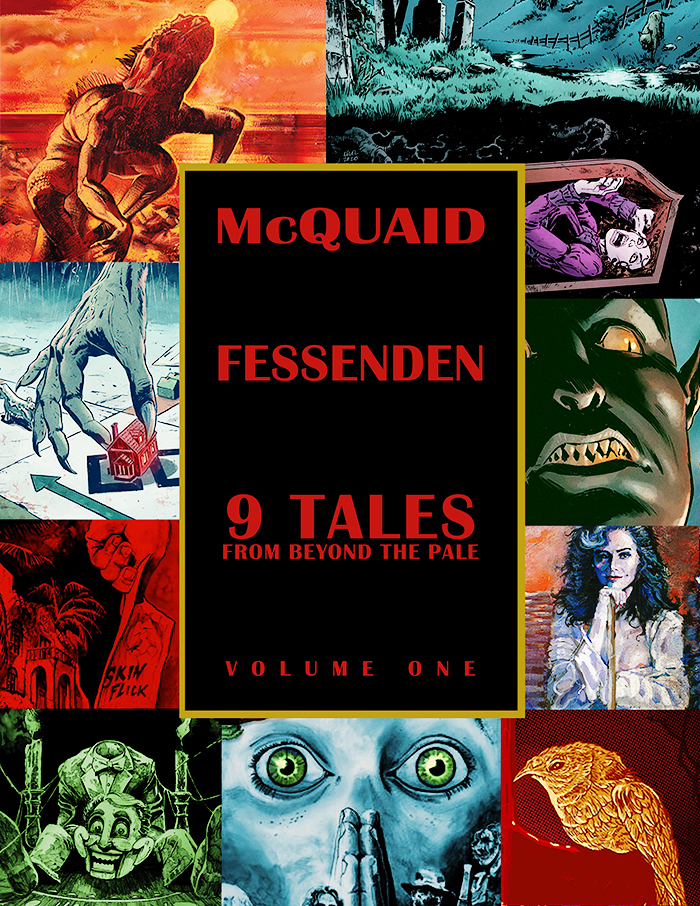
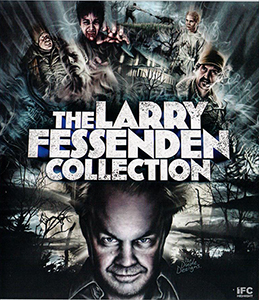
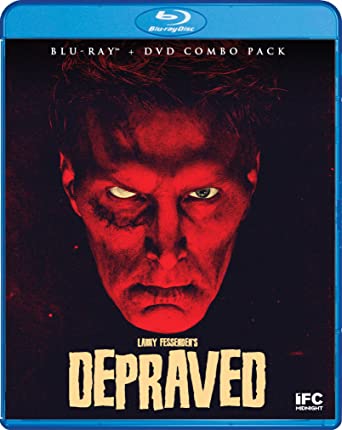
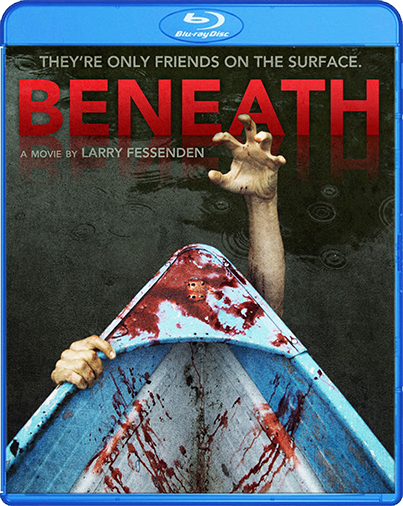
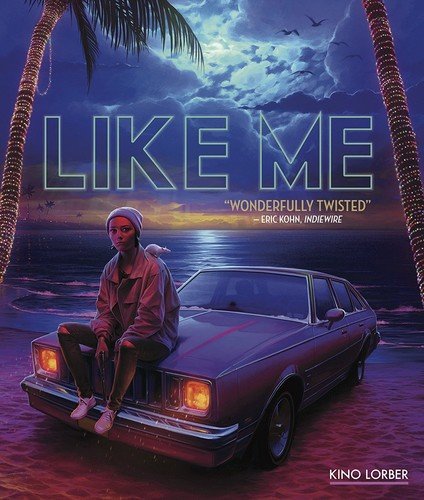

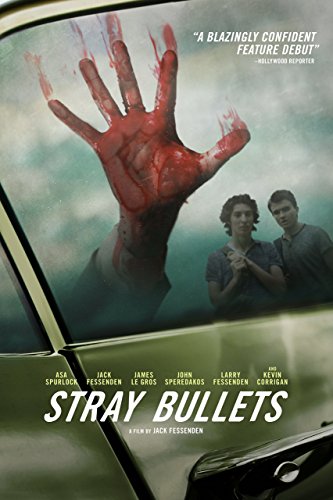
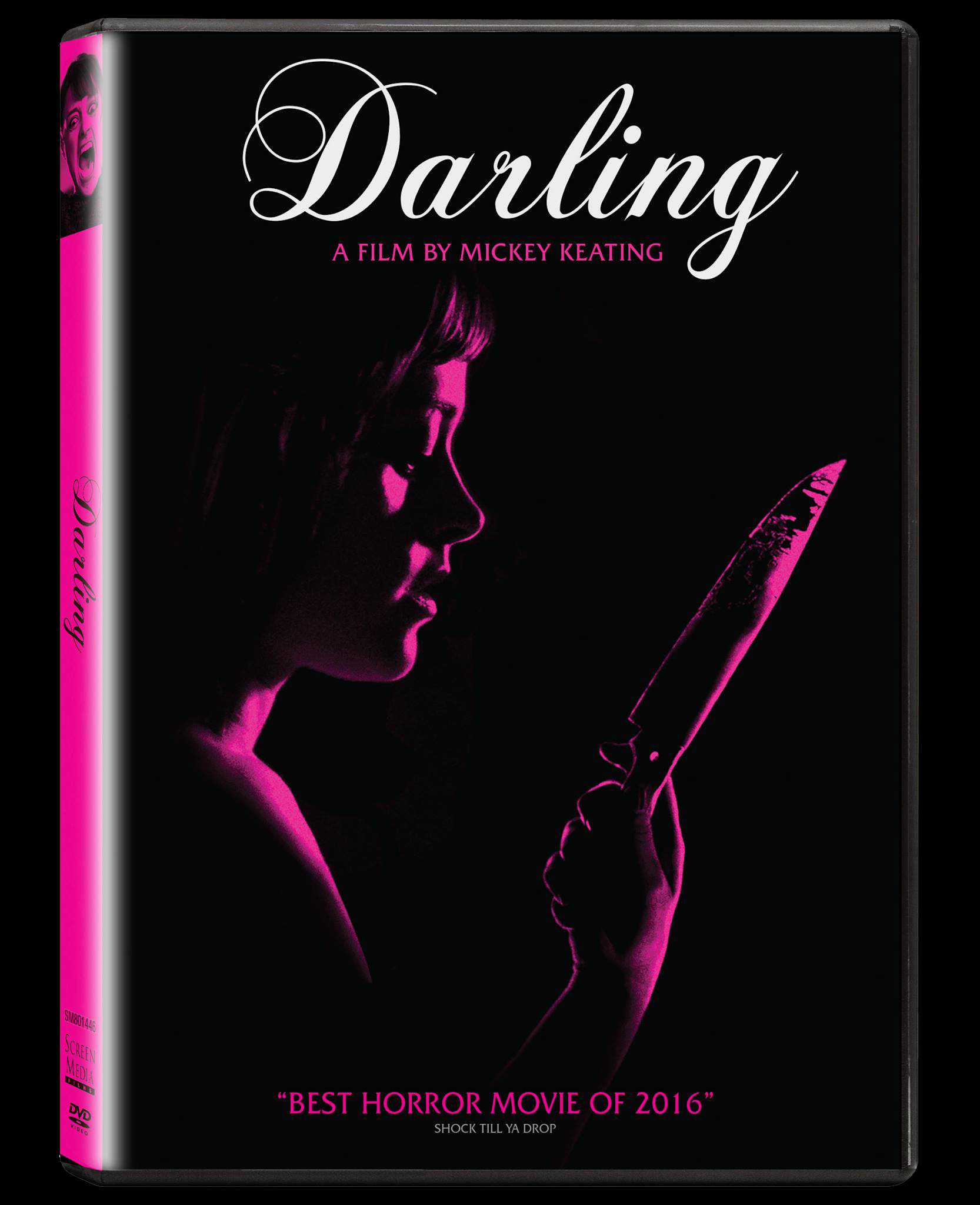
Add a comment